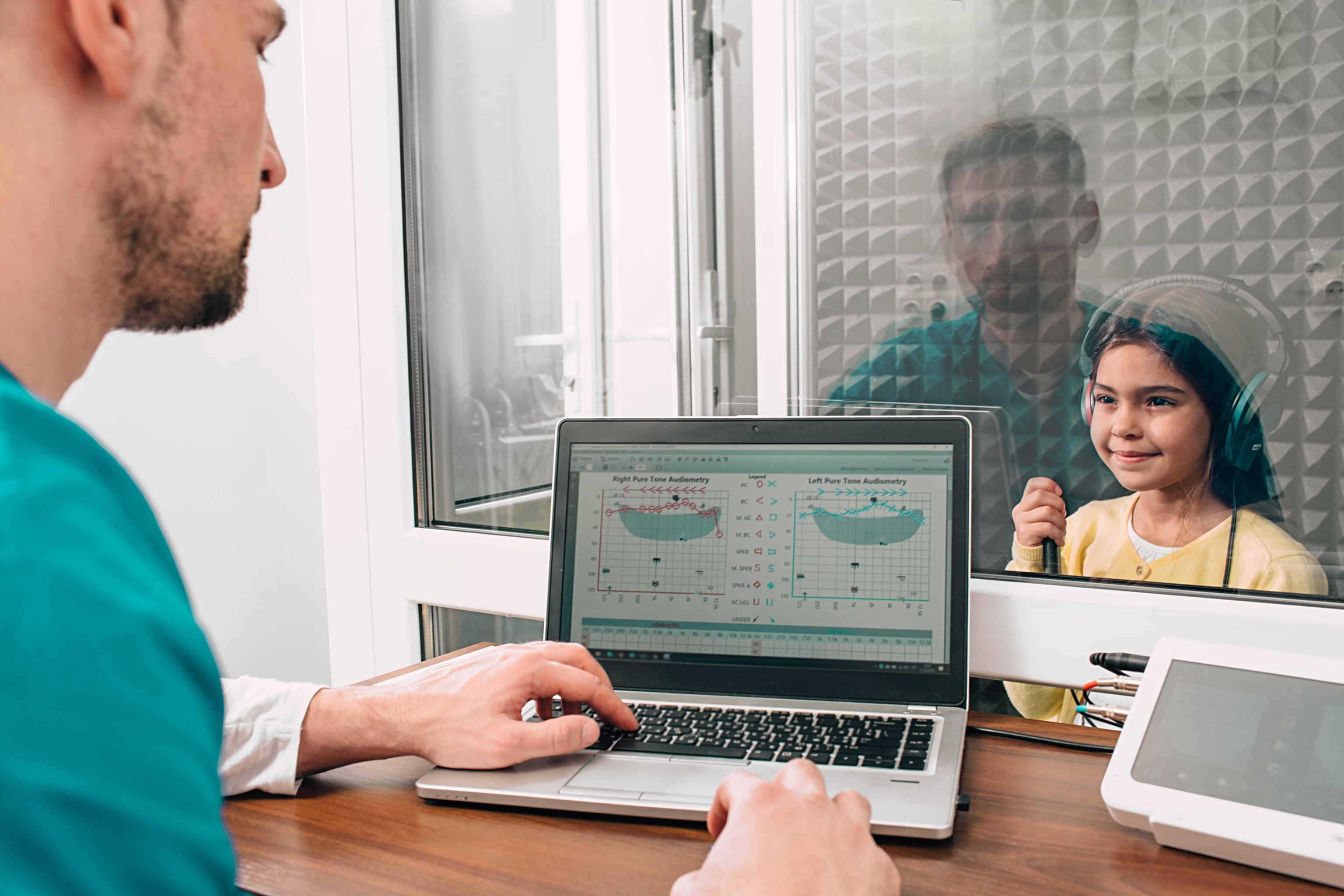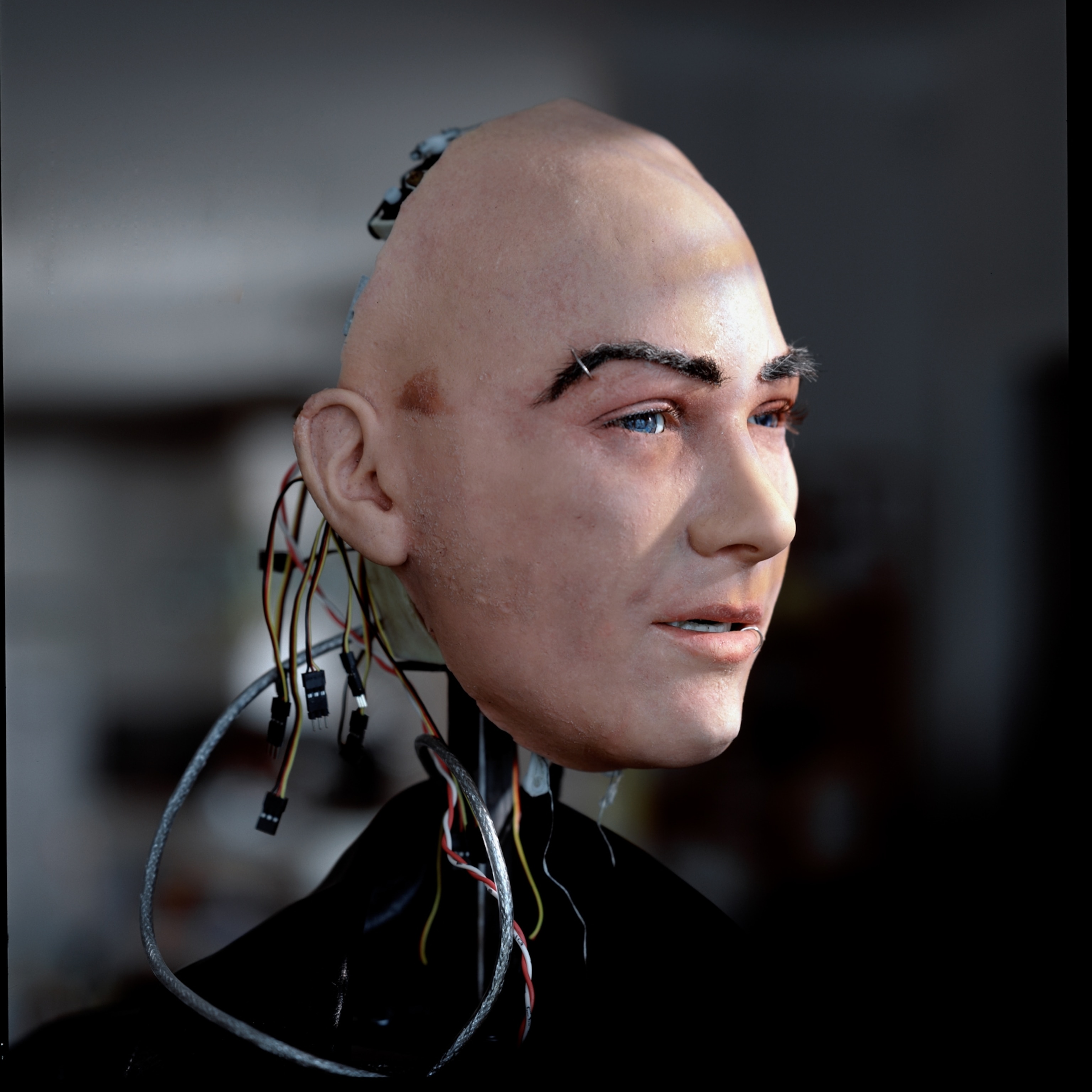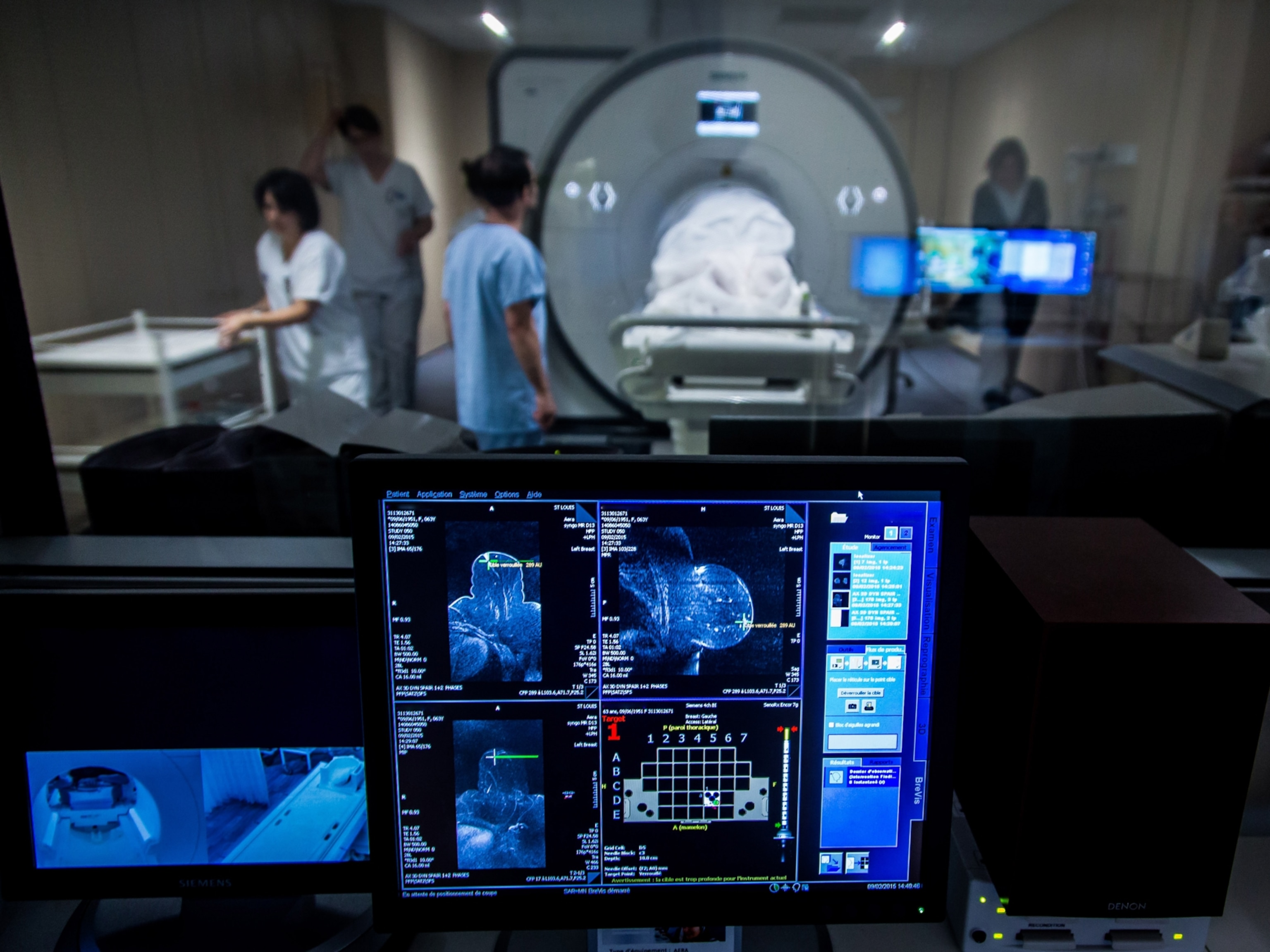From Farming to Healthcare: innovative technologies that are improving lives
As the world strives to ensure everyone has access to their fundamental human rights, technology is a crucial innovator for making lives better.
A farmer in Kenya studies the sky for clues about the coming weather; a doctor in India worries about a patient who has missed an appointment; a family in Chile is frustrated at its lack of power when the sun goes down; and in America, a disabled person struggles to make themselves understood at a job interview. Technology has the power to improve the lives of all these people, being developed to meet real-world challenges including those emphasized by the United Nations Sustainable Development Goals. Food security, healthcare, electricity, and employment are among the many fundamental human rights to which innovative technology is being applied—and making a difference.
More than a billion people around the world have some form of disability and would benefit from assistive technology. This includes invaluable mechanical tools such as wheelchairs and prosthetics, but also involves ever more sophisticated technologies. Virtual keyboards with eye-gaze tracking technology allow physically disabled users to type by looking at different spots on the screen; increasingly accurate and intuitive speech-recognition systems enable computers to be controlled through words. This has been extended throughout the home where voice-controlled digital assistants can operate everything from lighting and heating to doors and adjustable beds.

For the visually impaired, helmets are being developed that use sensors, cameras, and AI to map a person’s surroundings and help them identify objects and obstacles for greater independence. And while hearing aids are now as common as they are transformative, the next generation of cognitive hearing aid uses brain activity to identify and magnify a particular voice the listener is focused on. For those who lose the power of speech, digital ‘Augmentative and Alternative Communication' or AAC, can all but Made famous by Professor Stephen Hawking, using AAC now offers a wide range of inputs and even allows people to choose the digital voice that suits them.

Electricity is so central to modern life that lack of access to it can hinder economic and human development. For the estimated 770 million people living without electricity, technology can offer a solution. Advances in solar, wind, and hydro power include its small-scale application as mini-grids to support isolated communities cut off from national power grids by distance or terrain. In Chile’s Atacama Desert, villagers in Ollagüe lived with the restraints of intermittent electricity in an extreme environment. Their lives were transformed by reliable 24-hour electricity, delivered through an innovative hybrid system that mixed solar, wind, and cogeneration systems. This was specially adapted for the extreme climate of the high-altitude desert—including the use of a vertical axis wind turbine that can stand up to, and make the most of, wildly varying winds.
For many communities, access is not only about generating electricity but storing it for later use. Continual advances in lithium-ion batteries, widely used in cell phones, laptops, and electric vehicles, are making them a cost-effective option for short-term energy storage—using the electricity generated in the day to bring light to homes and streets at night. For the longer-term storage needed to compensate for seasonal variations in solar and wind power, technology is underpinning solutions such as thermal storage, gravity storage, advanced compressed air energy storage, and green hydrogen—where surplus electricity is used to extract hydrogen fuel from water. Access to reliable electricity supports a raft of essential public services including healthcare, education, water, heating, and light—all key enablers for the economic growth of individuals, communities, and countries.

Another key enabler is broadband internet: although now considered a basic necessity, 65 percent of people in developing countries can’t access it. The often prohibitive cost and complication of laying fiber-optic infrastructure has led to innovative alternative solutions, from lines of low-flying satellites that deliver faster internet more reliably than geostationary satellites, to wireless technology that zaps packets of data for miles along beams of laser light. The ever-increasing penetration of cell phone coverage is certainly helping, with the developing world driving demand for mobile banking apps. These make it possible for adults with no access to banks or bank accounts to use basic financial services, including credit and savings facilities, which help them to become financially resilient.
Resilience is crucial in another area of human life—farming. Food security is a major concern and with one-third of the world’s population fed by small-scale farmers, every crop counts. However, it can be difficult for small farmers to compete with larger-scale production. Understanding this, Capgemini is bringing technology to the aid of smallholder farmers in Africa and India to help them manage risk and maximize yields. Capgemini has developed a platform, in collaboration with partners, that uses artificial intelligence and machine learning to analyze big data. This optimizes the value chain from soil mapping to market pricing, generating insights that can be applied, quite literally, in the field. Through a dashboard accessed on a cell phone, farmers can quickly and easily see information and recommendations, ranging from advice on how to optimize crop production to local weather warnings that can save a whole harvest—technology making a direct contribution to the farmers’ livelihood and food security at a local level.

Also working at a local level, Capgemini’s technology is helping health workers to keep mothers and babies safe in India, where, on average, there are over 26,000 maternal deaths each year. With the right information and timely guidance, most child-birth related complications can be treated—sometimes saving lives. To help India’s frontline health workers care for expectant mothers, Capgemini has developed an app that provides real-time data sharing using a combination of innovative technologies, including AI and machine learning, predictive analytics, remote diagnostics, and voice technology. The app helps to keep track of expectant mothers, encourages attendance at pre-natal clinics, provides remote diagnostics for speedier treatments, and makes all the patient’s information accessible to their health professionals in a seamless and paperless process. The success of the app is seeing it rolled out across the state of Maharashtra where it will help improve the lives of mothers and their babies.
In a world working to ensure that everyone has access to their fundamental human rights, innovative technology is playing a critical role. In their many guises, from cellphone apps to windfarms, technological innovations are a great equalizer and a powerful force for improving lives. The farmer harvests at the right time; the doctor contacts and sees their patient; the family can work and play a little longer and easier; and the voice of the disabled person is heard. This is the power of technology to empower people—making lives better.







